Flight Grounded: Breaking Down the Digital Accessibility Lawsuit Against United Airlines
Flight Grounded: Breaking Down the Digital Accessibility Lawsuit Against United Airlines
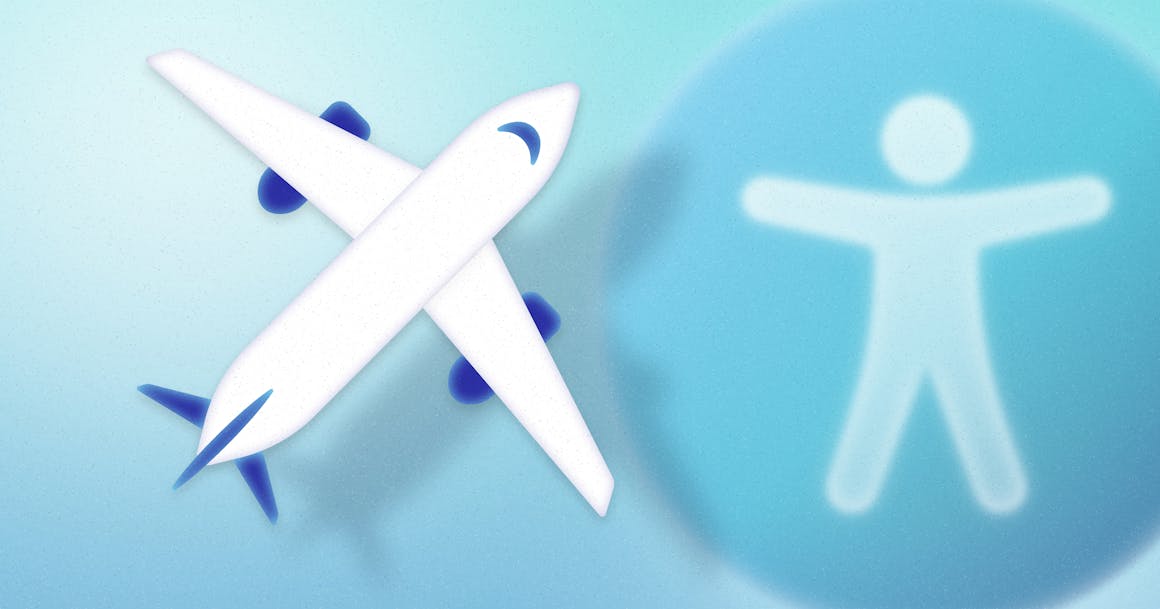

Ready to see AudioEye in action?
Watch Demo
Key learnings from the lawsuit shine a light on the limitations of consulting-only accessibility solutions.
United Airlines was hit with a class action lawsuit in May alleging its website was not accessible to legally blind customers.
In the claim, a blind woman named Sumaya Hussein said she was twice unable to book a flight on United’s website due to accessibility issues that “denied her full and equal access to the [airline’s] online goods, content and services.”
When our team analyzed the lawsuit, we found that 60% of the claims were valid — meaning the accessibility issue could be replicated and confirmed. That number is staggering, when you compare that in H1 2023, only 19% of claims brought against AudioEye customers leveraging both automation and manual testing were found to be valid. Of the United issues, each one could have been found and fixed by AudioEye’s blend of AI-driven automation and expert human review.
So how do these types of issues slip through the cracks, even though United worked with an accessibility consulting practice?
Where Consulting-Only Accessibility Providers Fall Short
One drawback of working with an accessibility vendor that only provides consulting services is they often leave customers with a long list of issues to fix themselves.
This can put a lot of pressure on internal teams that may lack the necessary skills or resources to properly address any accessibility issues identified by the consultant. And due to the static nature of these manual audits, organizations can be caught unaware if new issues are accidentally introduced to their digital channels between audits. And as sites become hyper targeted and personalized, managing new content can be overwhelming for large organizations.
That’s why we believe the best approach is one that combines powerful automation with real human experts. And it starts by involving people with disabilities.

What People With Disabilities Had To Say About the Lawsuit
At AudioEye, we work closely with 80+ members of the disability community to help us test customer websites.
When we asked them about the United lawsuit, several of these individuals (known collectively as the AudioEye A11iance) acknowledged facing similar challenges on other travel sites — and noted past experiences where accessibility issues forced them to book tickets on a competitor’s website.
“One time I knew my destination, I knew my dates. I was just going to get the ticket,” said Charles Hiser, a digital accessibility expert who conducts testing for AudioEye customers. “I got stuck. It was a bad experience for me as a customer, because I had to switch platforms when I was almost done.”
As a group, community members flagged date and destination pickers as the most common accessibility barriers — as well as seating charts that were simple images, instead of accessible tables that could be tabbed through by a screen reader user.
“United’s website and app do a lot of things well, like paying for bags or getting alerts when flights are delayed,” said Maxwell Ivey, another of our A11iance Advocates. “But if the booking process is clunky, that’s what is going to stick in everybody’s mind.”
Of course, being able to select a destination, travel dates, or seat assignments are the most important parts of booking a trip. They should be the first thing evaluated for accessibility — not the first issue a potential customer encounters.
It’s a similar message to one we often share with prospects and customers: Tackle the page elements and user actions that are most important to your business, and you’ll build a strong foundation of accessibility.
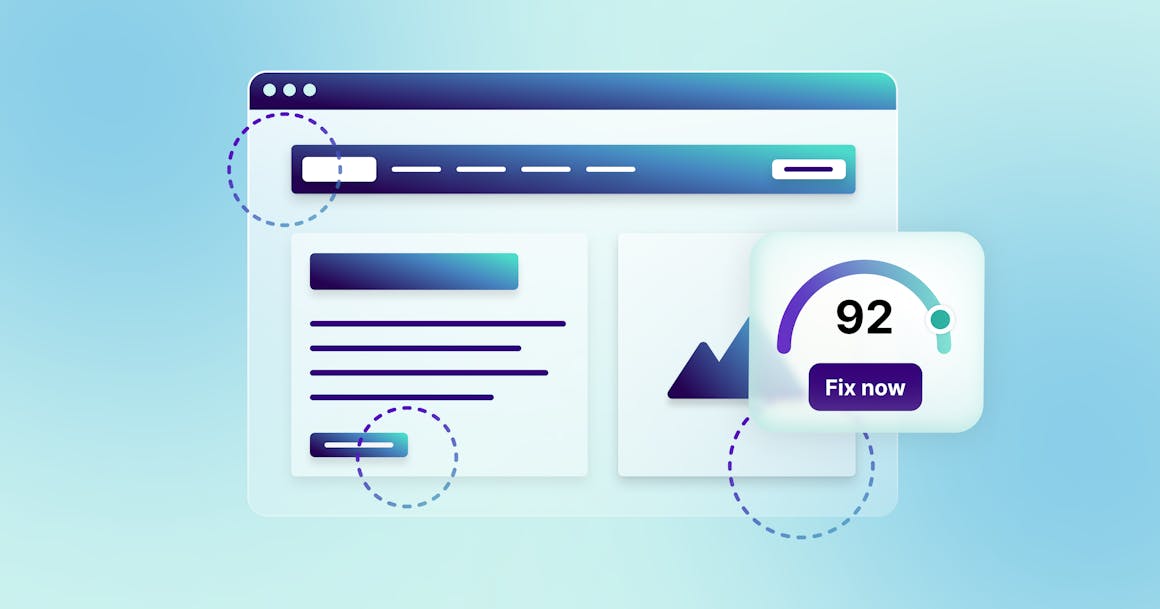
Automation and Manual Testing Are the Perfect Travel Companions
If your goal is to deliver an accessible browsing experience to everyone who visits your website, relying on consulting-only providers may not be the right choice. It’s too easy for accessibility issues to go unnoticed or unresolved, which can impact the user experience and expose your organization to the risk of legal action.
An inability to find and fix issues in real time, for every customer, is one reason the number of website accessibility lawsuits filed in federal courts has steadily risen in recent years, peaking at a record 3,255 lawsuits in 2022.
At AudioEye, our AI-driven automation can find up to 70% of common accessibility issues — and automatically fix about two-thirds of them. And for those issues that cannot be fixed with automation alone, we compliment our offering with certified accessibility experts and members of the disability community to help us deliver the right solution.
If United had worked with AudioEye — and made sure that people with disabilities had a chance to test the most important page elements and user actions not found through automation— they could have resolved all of these issues before they impacted would-be customers like Sumaya Hussein.
Want to learn more about our approach to helping ensure an accessible user experience for every website visitor? Schedule a demo today.
Ready to see AudioEye in action?
Watch Demo
Ready to test your website for accessibility?
Share post
Topics:
Keep Reading
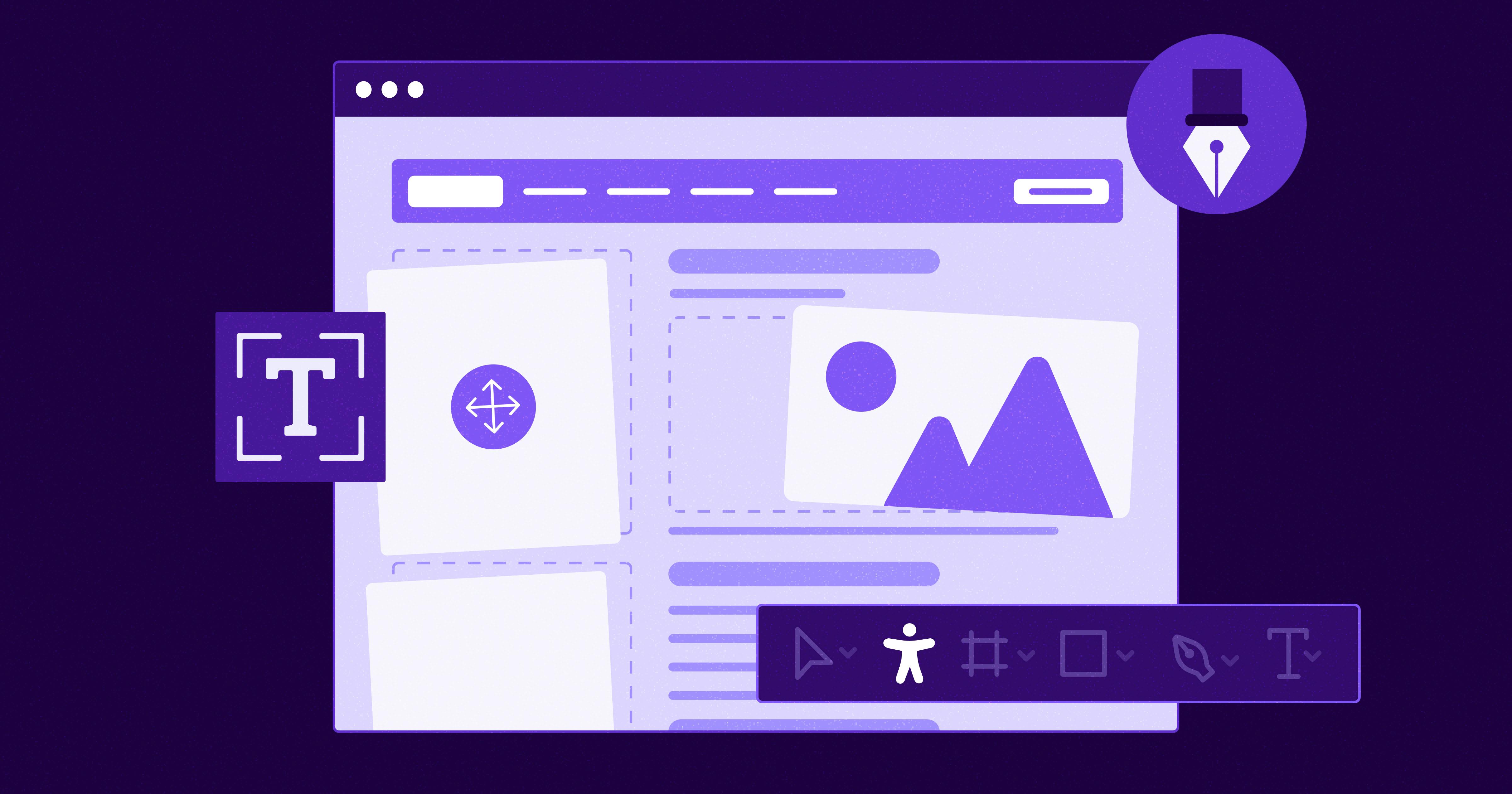
7 Websites That Got Accessibility Right (and What You Can Learn)
Looking to create an accessible website? See how seven companies utilized accessibility best practices to create a seamless user experience that works for all.
accessibility
April 11, 2025
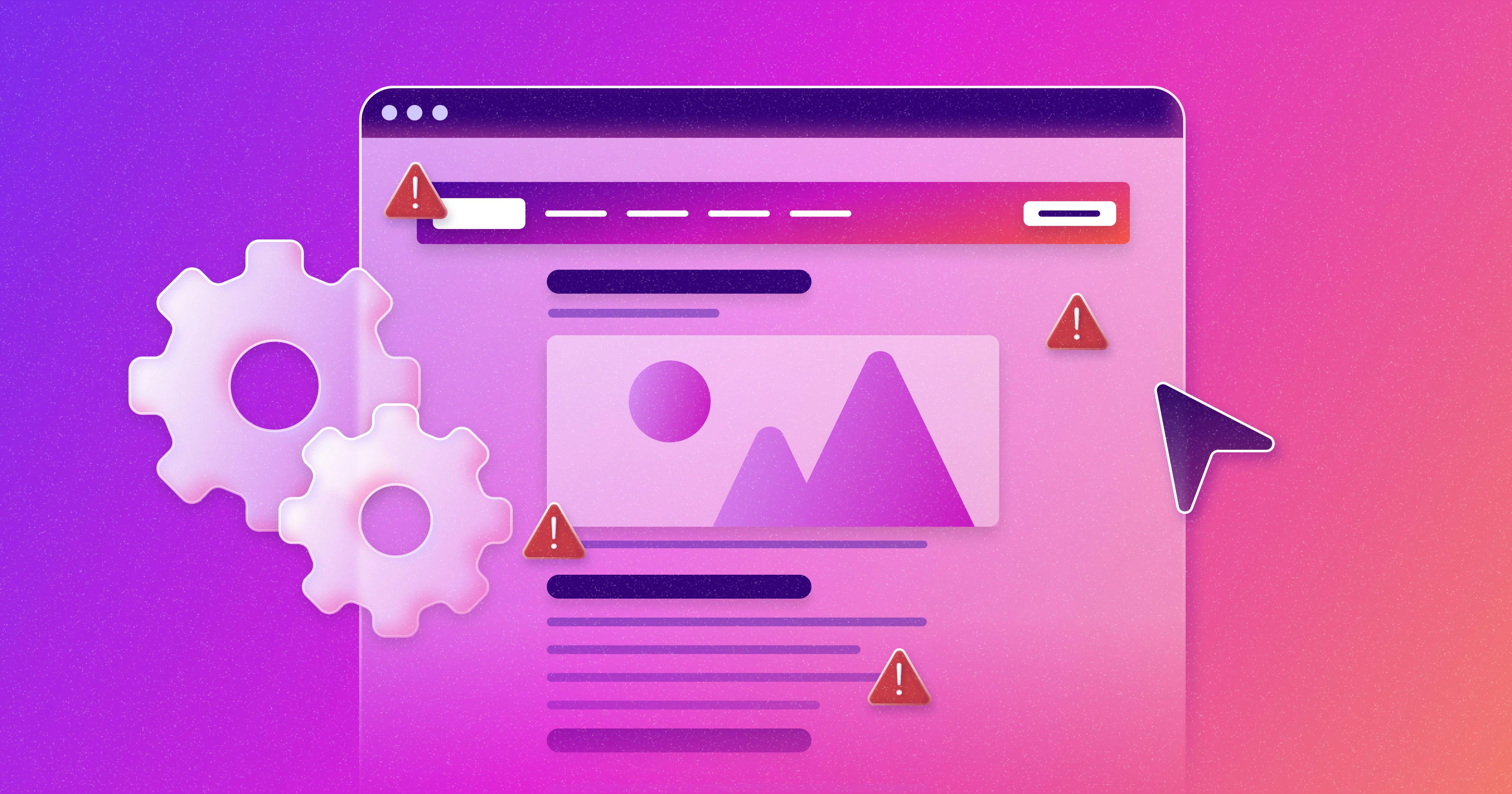
Why People + Automation Is the Right Approach to Accessibility Testing
Discover how using both automated and manual accessibility testing is the perfect approach to creating accessible, compliant digital content.
accessibility
April 08, 2025
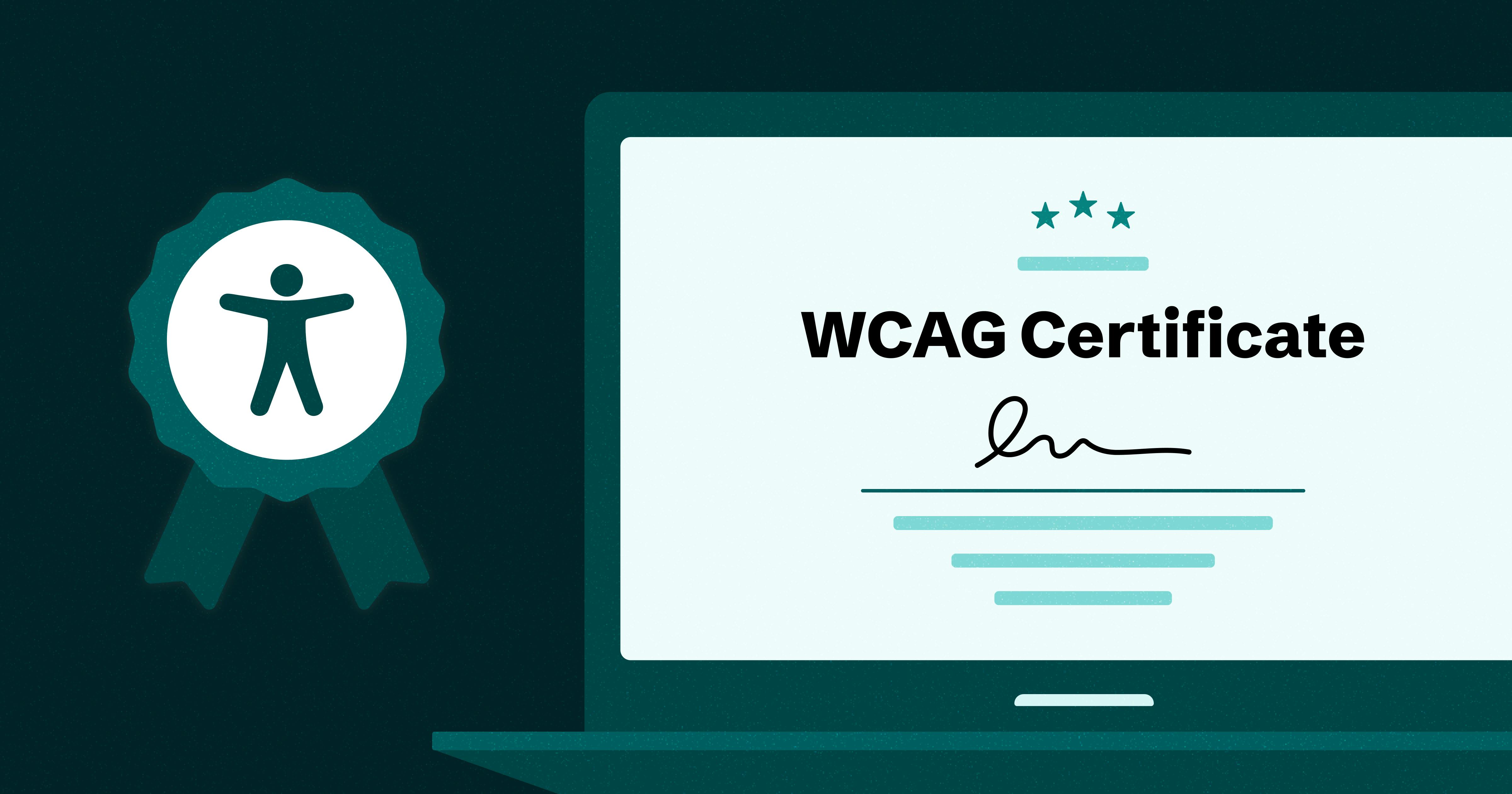
Is WCAG Certification Possible? 6 Things You Need to Know
While WCAG standards don’t offer official certification, there are training programs and professional credentials that can boost your accessibility expertise. Learn more.
accessibility
April 03, 2025
